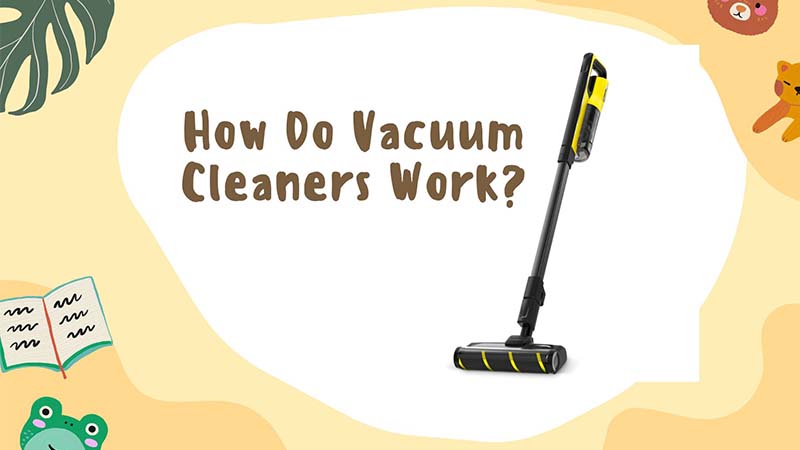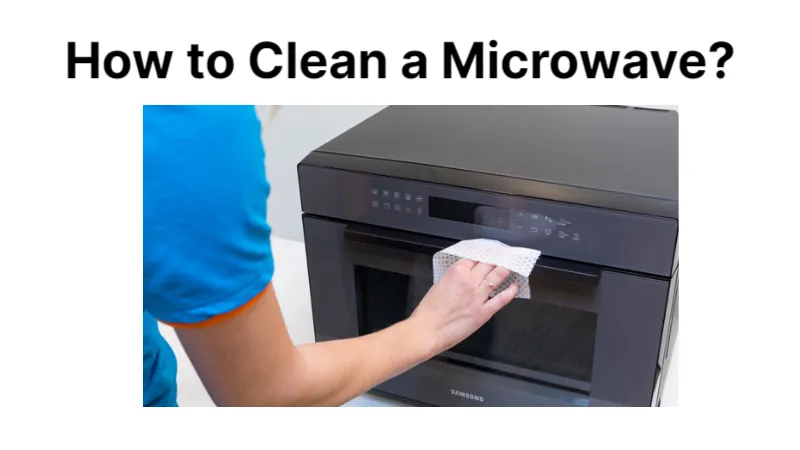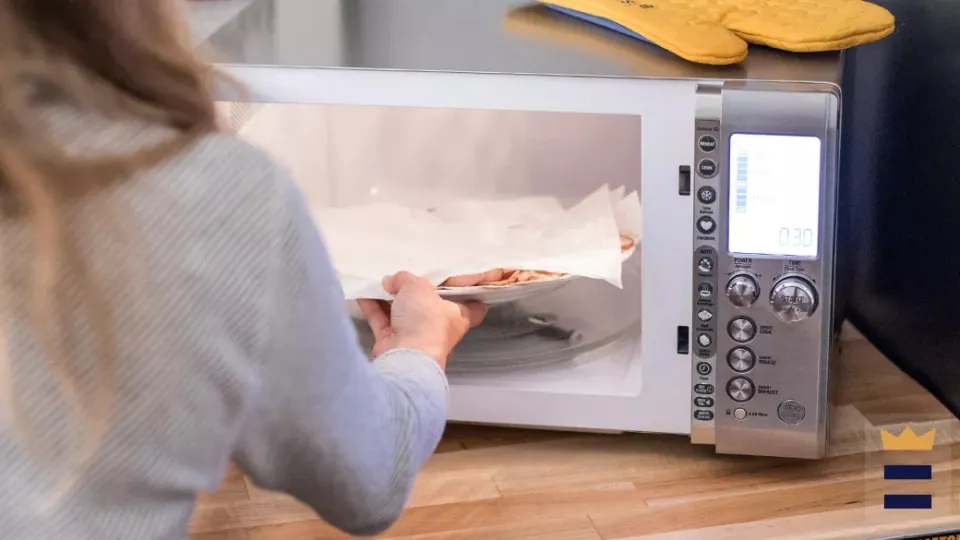To begin with, how do vacuum cleaners work? In this article, we’ll examine a vacuum cleaner’s internal workings to learn how suction is used to remove dust and debris from your home.
Here’s how do vacuum cleaners work: The air that is drawn in by vacuum cleaners picks up dust and dirt. A fan that blows air inside vacuum cleaners can frequently be felt. A fan needs to draw air in before it can start to blow air. This air is what vacuums or sucks up the dirt and dust. Small objects are drawn up by the vacuum cleaner’s low pressure air and end up in the bags, canisters, or filters as a result of the vacuum cleaner’s low pressure air.
For more information, continue reading.
How Do Vacuum Cleaners Work?
Although the physics underlying vacuum cleaners may appear complex, it can be boiled down to a few distinct operations. Modern versions use a system with blades that functions similarly to how airplane propellers do, which we’ll go over below. We’ll begin by discussing the physics of vacuum cleaners before moving on to how their mechanical components function. Check out our guide to how pool vacuums operate for more information on how various household vacuums operate.
Negative Pressure
By visualizing each vacuum cleaner as a straw, the process of explaining how they can suck up debris is made the simplest. When you drink through a straw, the act of sucking creates a pressure inside the straw that is lower than the atmosphere outside. A vacuum cleaner produces a negative pressure inside that causes air to flow into it, just like in space movies where a hole in the spaceship’s hull sucks people into space.
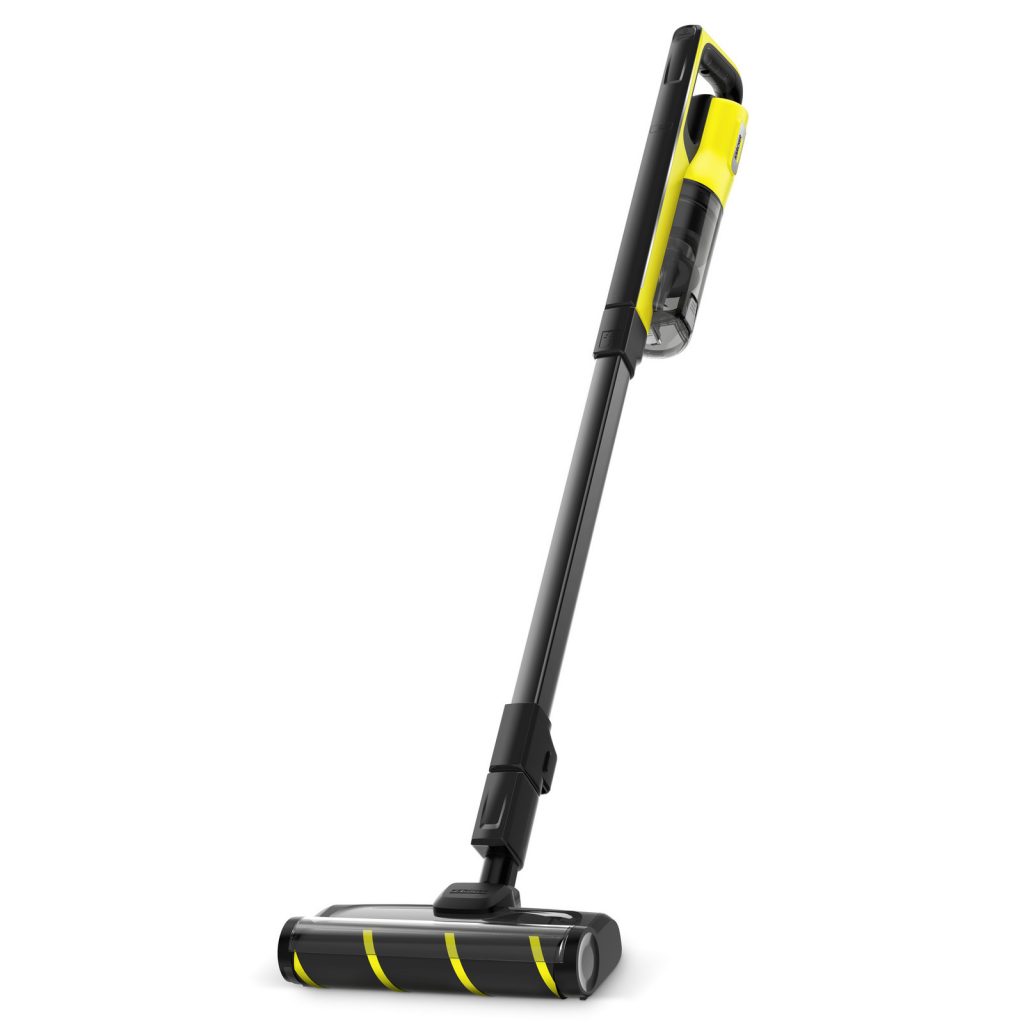
Electric Motor
Vacuum cleaners use an electric motor that spins a fan, sucking in air – and any small particles caught up in it – and pushing it out the other side, into a bag or a canister, to create the negative pressure. Given that you can only force so much air into a small area, you might have assumed that it would stop working after a short period of time. The vacuum has an exhaust port to address this issue and let the air vent out the other side while still allowing the motor to run normally.
Filter
However, the air does not simply pass through and exit the other side. For those using the vacuum, that would be very dangerous. Why? Well, in addition to the dirt and grime that a vacuum collects, it also gathers extremely fine particles that are virtually invisible to the eye. They have the potential to harm the lungs if enough of them are inhaled. The vacuum cleaner uses at least one fine filter and frequently a HEPA (High Efficiency Particulate Arresting) filter to remove almost all of the dust because not all of these particles are captured by the bag or canister. The air can only now be inhaled without risk.
Attachments
A vacuum cleaner’s power is affected not only by the strength of its motor but also by the size of the intake port, which is responsible for sucking up the dirt. Since more air must move faster to fit through a narrower passage, the more suction power is produced, the smaller the intake size. This explains why smaller, more restricted entry ports on vacuum cleaner attachments appear to have higher suction than wider ones.
Vacuum cleaners come in a wide variety of designs, but they all operate on the same principle: they use a fan to create negative pressure, which traps the dirt they’ve sucked up and cleans the exhaust air before releasing it. Without them, the world would be far dirtier.
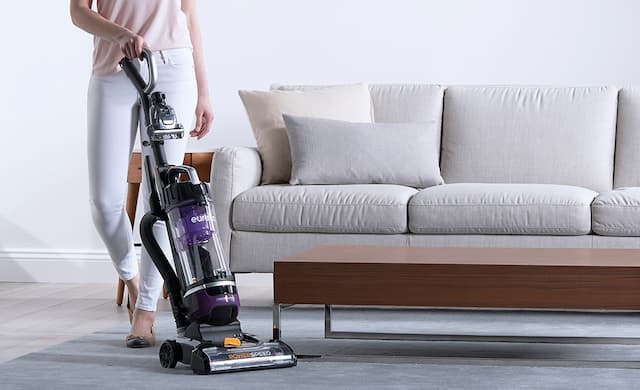
Balance of Power
To finish its task, your vacuum must perform several tasks at once. Suction must be generated by it. Some people need to manually spin the brush roller. Robotic vacuums need to find paths and avoid hazards.
Power is a scarce resource in cordless, handheld, and robot vacuums. The battle between providing efficient cleaning and long battery life is ongoing. Some of that power must be used by a robot vacuum to process navigational tasks.
Although a battery isn’t exactly a key component of a vacuum’s design, it is an important factor in many different types of vacuums, so you should consider it when making your selection.
A good vacuum cleaner has many moving components. To generate a controlled stream of air that traps dirt and debris, the motor, spinning brush, and dirt container must all function perfectly.
So the next time you complain about having to use your cordless vacuum, canister vacuum, or hand vacuum, just keep in mind that carpet cleaning with these two low-tech tools is much simpler than you might imagine.
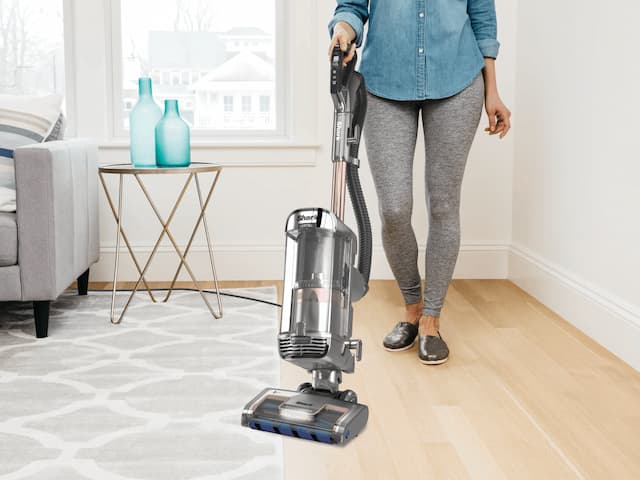
FAQs
Why Are They Called “vacuum” Cleaners?
They draw in dirt, dust, and other unwanted materials with their suction, which is why they are called vacuum cleaners. Vacuum cleaners get their name from the same physics that powers them.
Are Vacuum Cleaners Bad for Your Health?
No, but some vacuums are better than others for certain medical conditions. For instance, those who suffer from asthma or allergies ought to think about getting a bagged vacuum. Dust and dirt may be ejected back into the air by some bagless vacuum cleaners.
Where and When Did Central Vacuum Systems Become Popular?
Mid- to late 19th-century saw the emergence of central vacuum systems. In the middle of the 20th century, portable vacuums became more and more popular, replacing them. As we entered the middle of the 20th century, central vacuum systems eventually started to gain popularity.
How Does a Whole House Vacuum Work?
A whole house vacuum system uses a network of hoses pulled from specific outlets located throughout the house, though it is much less common than handheld or upright vacuum cleaners. The particles that are attracted to these hoses are directed into a canister in the basement.
So, How Do Vacuum Cleaners Work?
Utilizing spinning fans powered by an electric motor to create negative pressure, vacuum cleaners operate.
Negative pressure is created when there is a pressure difference between the top and bottom of an object, as is the case when using a straw to breathe.
You don’t need to do it manually because the electric motors and fans use suction power to create this difference in pressure.
